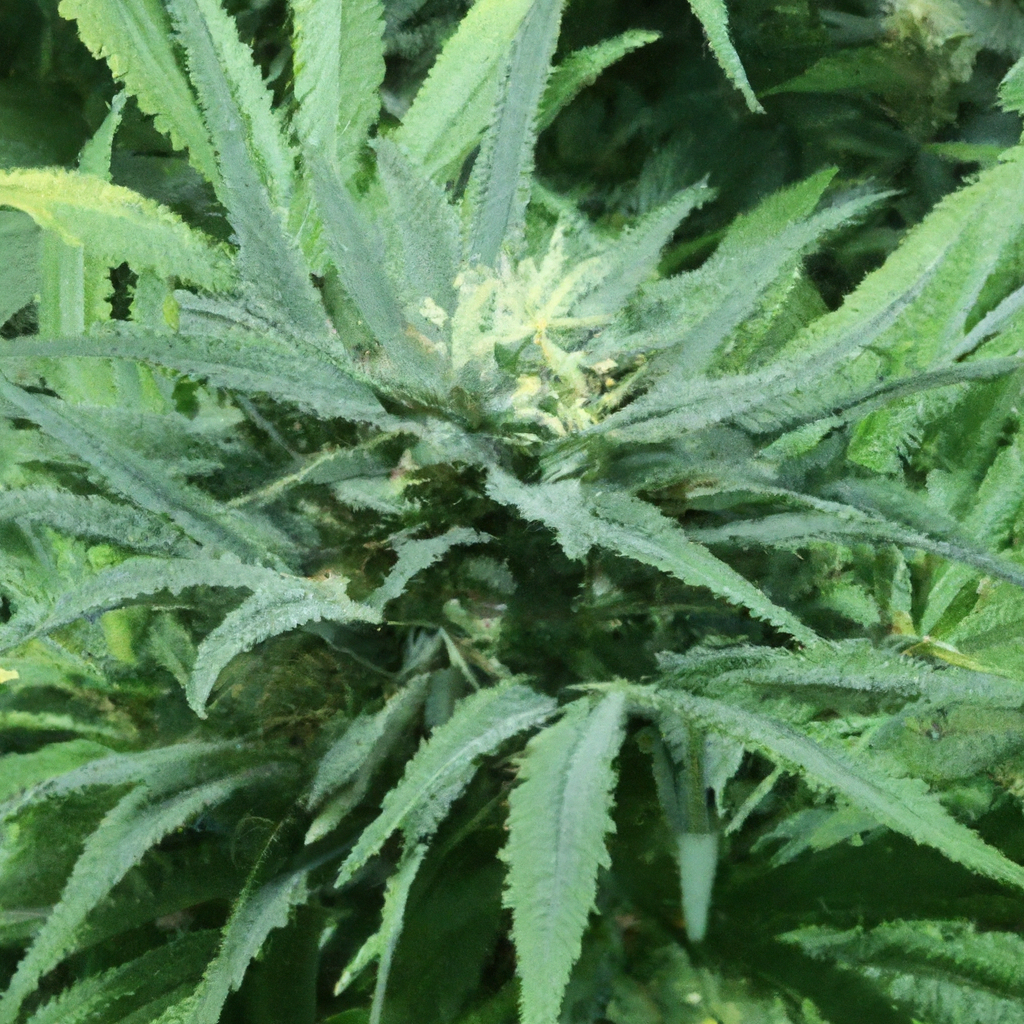Welcome to the world of cannabis cultivation, where art meets science, and innovation shapes the future. I’m John “Magic” Greenleaf, and with over 30 years of growing experience in Colorado’s high-altitude environments, I’ve learned that cannabis is much more than just a plant—it’s a journey. In this blog post, we’ll explore how sustainable cultivation practices can lead to healthier plants, better yields, and reduced environmental impact.
The Importance of Sustainability in Cannabis Cultivation
In an era where environmental responsibility is paramount, sustainable cultivation is not just a trend—it’s a necessity. By adopting eco-friendly practices, cannabis cultivators can reduce their footprint while enhancing the quality of their product. Here’s what sustainable cultivation entails:
- Water Efficiency: Implementing systems like drip irrigation can reduce water use by up to 40%. This not only conserves water but also ensures consistent moisture levels for your plants.
- Energy Conservation: Utilizing high-efficiency LED lighting can cut energy consumption by 25%, providing ample light with less heat and cost.
- Organic Growing Techniques: Organic soil amendments and composting improve soil health, reduce chemical use, and retain moisture better.
Mastering Environmental Control for Optimal Growth
Cannabis thrives under specific conditions, and mastering environmental control can lead to exceptional yields. In Colorado’s arid climate, managing indoor conditions like humidity is essential. Here’s how to do it effectively:
- Humidity Management: During the vegetative stage, maintain 55-60% relative humidity (RH). As plants transition to flowering, reducing RH to 45-50% helps prevent mold and maximizes resin production.
- Temperature Control: Ideal temperatures range from 70-85°F. Automated sensors and grow monitors can regulate these parameters efficiently.
Harnessing Advanced Genetics for Enhanced Strain Development
Phenotype hunting and stabilization are crucial for developing strains that perform exceptionally in Colorado’s unique high-altitude environment. Through thoughtful genetic selection, cultivators can produce strains with favorable cannabinoid and terpene profiles. Here are some key considerations:
- THC and CBD Levels: Strains like “Magic Kush” and “Rocky Relief” balance THC and CBD for medicinal applications, catering to diverse consumer needs.
- Terpene Mastery: High terpene content amplifies the flavor and aroma profiles of cannabis, creating distinct consumer experiences.
Conclusion: Embracing the Future of Cannabis
Sustainable cultivation practices are transforming the cannabis industry, offering both economic and environmental benefits. By optimizing water use, controlling the growing environment, and leveraging advanced genetics, cultivators can produce high-quality cannabis that resonates with environmentally conscious consumers. Remember, “Healthy roots, healthy buds, happy harvests.” Your journey to greener growing starts today.


Leave a Reply